Breaking barriers in green buildings
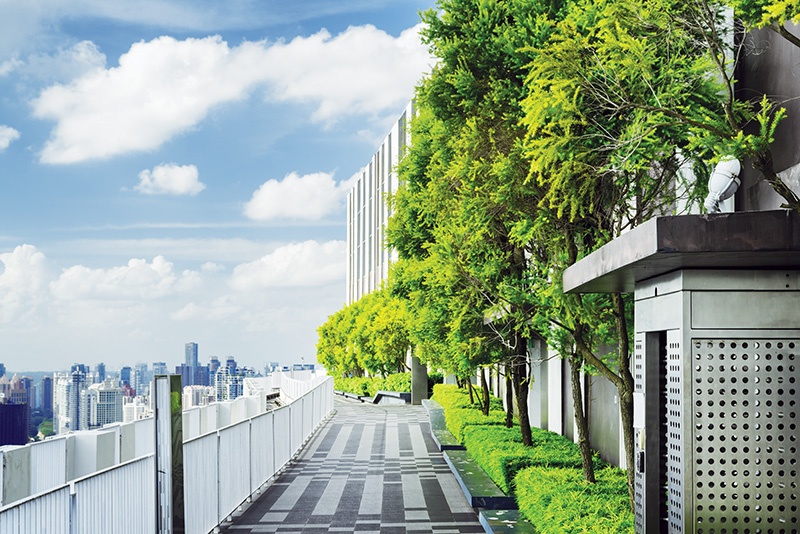 |
| A full-blown development of green buidings requires ample application of science and technology, Photo: Shuttertock |
A full-blown development of green buidings requires ample application of science and technology, Photo: Shuttertock
Compared to the current growth rate of the construction market, the number of recognised green constructions in Vietnam is at a modest figure compared to other countries in Southeast Asia.
According to the Ministry of Construction (MoC), Vietnam’s housing demand by 2030 will increase by 70 million sq.m each year, equivalent to 17,500 buildings of 30 storeys. However, by the end of Q3 of 2021, Vietnam has only recorded just over 200 green building projects.
The most significant barrier affecting the development of green buildings in Vietnam is a significantly higher cost than normal construction. This reduces developers’ profit when they set up green buildings; however, it creates long-term and sustainable development in their lifespan.
According to Architect Le Thi Bich Thuan, deputy director of the Institute for Urban Studies and Infrastructure Development at the Vietnam Federation of Civil Engineering Associations, the cost of setting up green buildings in Vietnam has increased by at least 10-15 per cent.
However, a green building, according to Thuan, brings many sustainable benefits such as saving 30-35 per cent in carbon emissions, 30-50 per cent of water used, and about 30 per cent of construction maintenance costs.
“Especially, in the context of air pollution and smog in big cities becoming more serious, people increasingly want to live in green spaces and close to nature,” Thuan said.
She added the extra cost when setting up green buildings could be considered a long-term investment that can help the investor recover capital by saving resources, operation, and maintenance costs.
According to the Vietnam National Real Estate Association, green buildings currently account for only 15 per cent but are expected to increase to 25 per cent by 2022.
Besides the increased cost, the legal policy is also a significant barrier that deters many businesses from setting up green buildings.
According to Nguyen Cong Thinh, deputy director of the MoC’s Department of Science, Technology, and Environment, although green buildings bring about many benefits, only a few ventures have been granted the relevant building certification.
The development of such buildings has not become a widespread movement, instead mainly focused on some schemes from private and foreign investment owners, and less on private homes and government buildings.
To promote green building development in Vietnam, according to Thinh, it is necessary to complete the legal framework and raise awareness of relevant stakeholders, as the current legal system in Vietnam is almost devoid of incentives for developers.
“The Ministry of Construction is conducting research and we have also included this in the draft law to submit to the National Assembly to legalise the development of green buildings in the coming time,” said Thinh.
Meanwhile, Nguyen Bich Ngoc, CEO and founder of Sen Vang Group, said that the legal framework also needs to create more incentives in finance, especially the issuance of green bonds.
“Issuing green bonds is an issue that large corporations and investors need to focus on, because it is not only a story of attracting investment capital but also promoting their brand names. The foreign funds they require are high, so they are only suitable for large corporations. Besides that, consultants are required from funds for the measures to attract capital into green buildings,” Ngoc said.
“When doing this type of work, it is necessary to have a more multi-dimensional perspective and green finance needs to be developed as a key to promote green building development”, said Ngoc.
According to architect Tran Thanh Vu, chairman of the International Building Performance Simulation Association, although there is a tool to evaluate green buildings, few are assessed in this way.
The cause of the problem lies in the barriers of technology, equipment, cost, and perception of people. Green buildings thrive mainly in developed countries, where science and technology are developed.
“The development in Vietnam cannot be without this factor. Unfortunately, the thermal engineering industry in Vietnam is still limited,” Vu said. “Vietnam’s construction system is calculated with outdated measures which are not suitable for the current situation. This is a basic issue and needs to be addressed as soon as possible.”
Another problem, according to Vu, is the capacity of local engineers and designers.
“No matter what assessment tool is available, the most important for implementing green architecture is a team of fully trained, professional, and fairly paid engineers and architects,” Vu said.
The reality of today’s situation, he added, is that architects in Vietnam have to play too many roles – from design and management to drawing, with the lowest design fees in the world, at about 2 per cent of the value of the construction compared to 8-10 per cent in other countries.
“This low payment is discouraging qualified engineers and this is the biggest difference in setting up green buildings in Vietnam and even elsewhere,” Vu added.
The role of state management agencies is critical, Vu concludes. The MoC is assigning the relevant units to research and propose mechanisms and policies to promote the development of green buildings to submit to the competent authorities for consideration and promulgation. “This policy will orient and regulate green building development requirements in new and renovated constructions, especially large-scale ones,” he said.
| Le Anh Thi - Director of Capital Markets, Finance, and Sustainability EZLand Vietnam JSC
To advocate sustainable developments, more green financing initiatives and policies should be addressed, such as lower taxes and lower interest. There should be three key strategies to encourage developers to go greener. First, developers need to see the importance of performance in sustainable practice to demonstrate their innovative vision and leadership in sustainability. Second, green buildings possibly require higher capital costs than conventional buildings, but they give back a higher return on investment and better operational energy efficiency. Third, Vietnam is among the most vulnerable countries to suffer from climate change, with the construction industry taking up 39 per cent of global carbon emissions. The pandemic is also a wake-up call for all nations about the environmental crisis and sustainable socioeconomic development. It is time to go green as more investors realise these types of buildings are not just a matter of profit forecasts, but a long-term solution for sustainable development and the construction industry in Vietnam. | |
| Trinh Tung Bach - Founder, GBS Vietnam
Vietnam’s green buildings are currently not developing as expected because of many barriers. The first is that they increase the costs of the investor. However, few studies are showing just how much the cost rises in green buildings. Also, there is no support mechanism for enterprises to develop them. In addition, the participation of related issues such as energy-saving and architecture remain weak. Second, end-users have not fully understood green buildings and their benefits. Developers are advertising that their buildings are green but have not really told buyers about the great benefits of green buildings. Third, many projects are labelled “green” but do not really meet true standards, confusing buyers even further. Developers are concentrating on whether the green building meets the key factors of the legal framework, finance, and sale capacity of that project. If a venture has a green certificate, its product is more valuable than normal construction. It also promotes the sales process, increases the investor’s reputation, and meets sustainable development targets. | |
| Hoang Anh Dung - Energy expert ResponsAbility Investment AG
Green real estate is a highly potential investment trend in the future. However, the number of green buildings in Vietnam is still very modest. There is no official link between local authorities and the developers, and the government has not had any incentive policies for investors to set up green buildings. Moreover, very few investors and developers can give specific directions on how green they need their buildings to be attractive to buyers. There should be more incentive policies from the government and ministries for green real estate projects and specific development mechanisms and processes. Developers need to have detailed development strategies for their projects to apply different green standards to make their projects more efficient. In Vietnam, attracting capital into green real estate through foreign investment funds is very limited because real estate, in general, is a somewhat risky sector. However, some investors have successfully issued green bonds. These are companies with sound risk management and a good strategy in green development. |
What the stars mean:
★ Poor ★ ★ Promising ★★★ Good ★★★★ Very good ★★★★★ Exceptional
Related Contents
Latest News
More News
- Apartment hikes hint at speculation return (April 09, 2024 | 10:14)
- Infrastructure focus sets stage for real estate bonanza (April 03, 2024 | 10:14)
- Nam Long Group maintains top ten position in real estate investment ranking (April 03, 2024 | 08:00)
- Hospitality and real estate sectors strive for sustainable growth (March 29, 2024 | 16:12)
- Gamuda Land starts construction of Eaton Park (March 28, 2024 | 16:40)
- New land law could entice Viet Kieu home (March 27, 2024 | 18:00)
- Binh Duong to capitalise on rising real estate interest (March 27, 2024 | 15:41)
- SPX inks agreement with Frasers Property (March 26, 2024 | 12:33)
- Developers hunt for land availability (March 20, 2024 | 10:06)
- Social housing needed to boost capital in real estate (March 19, 2024 | 10:38)






 Tag:
Tag: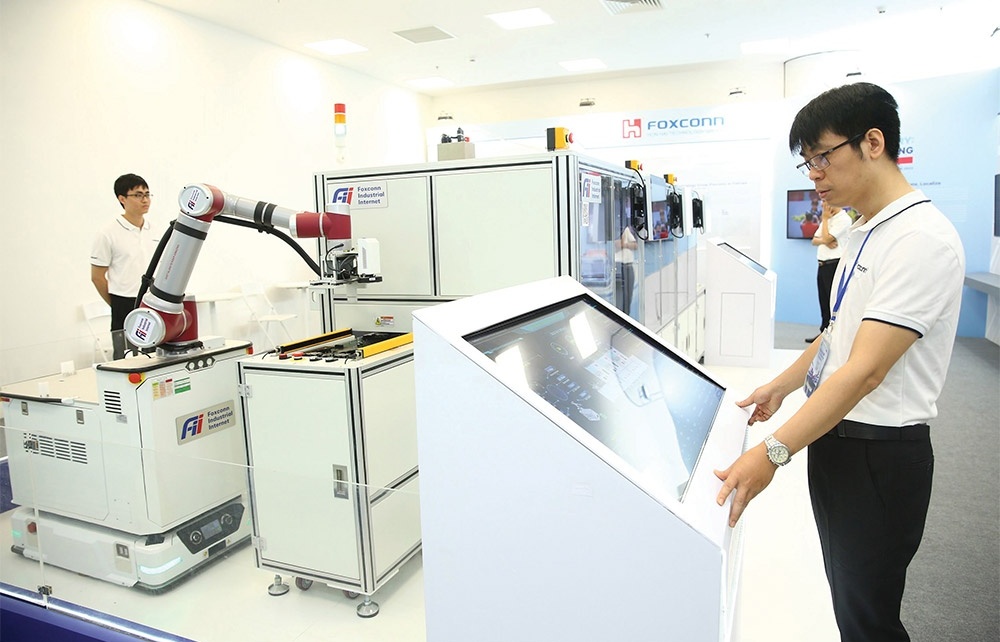
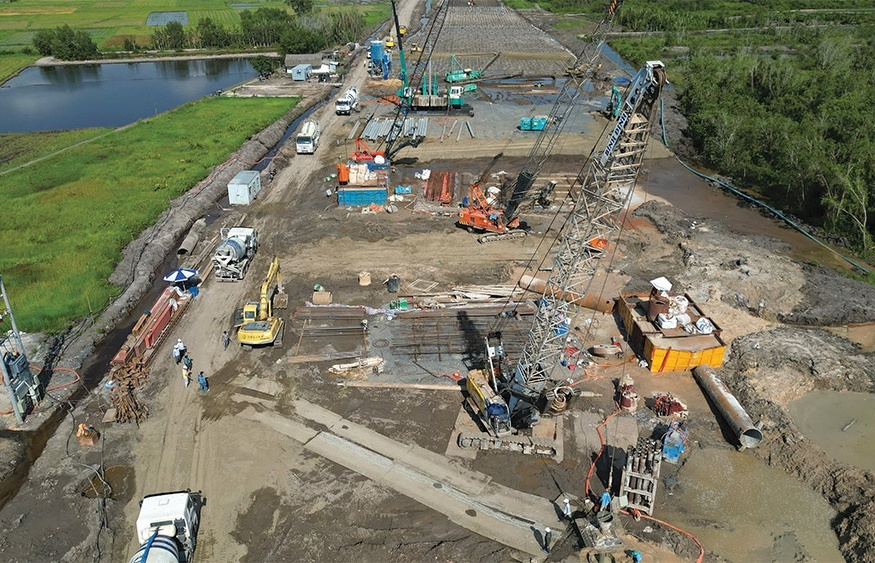
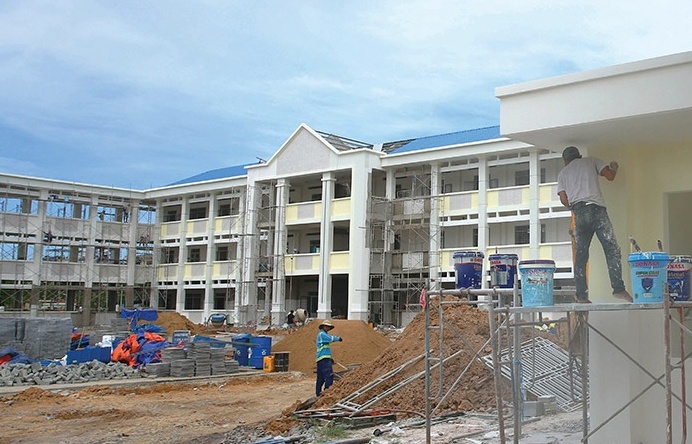

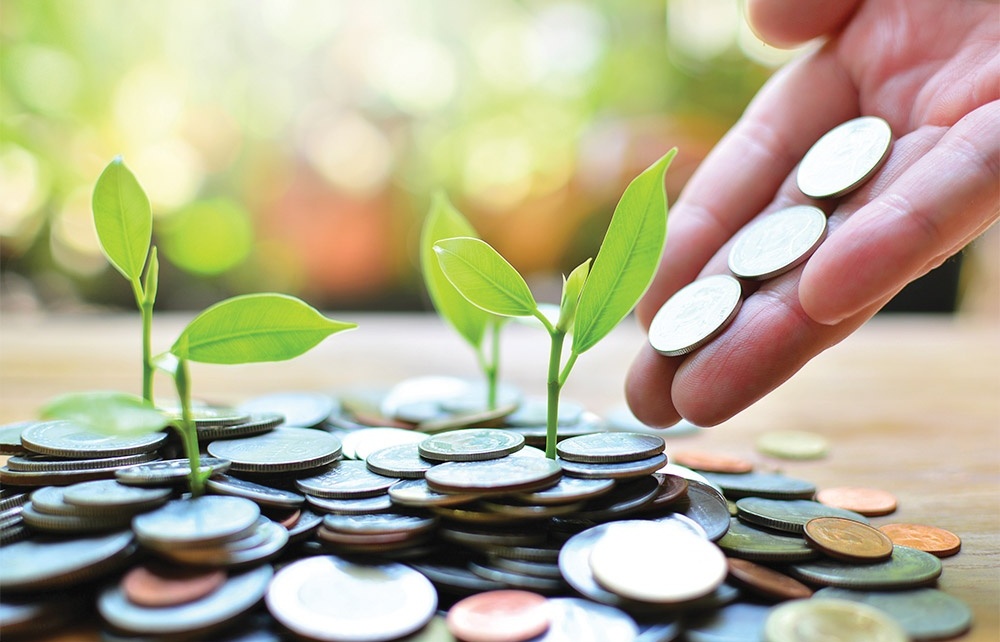
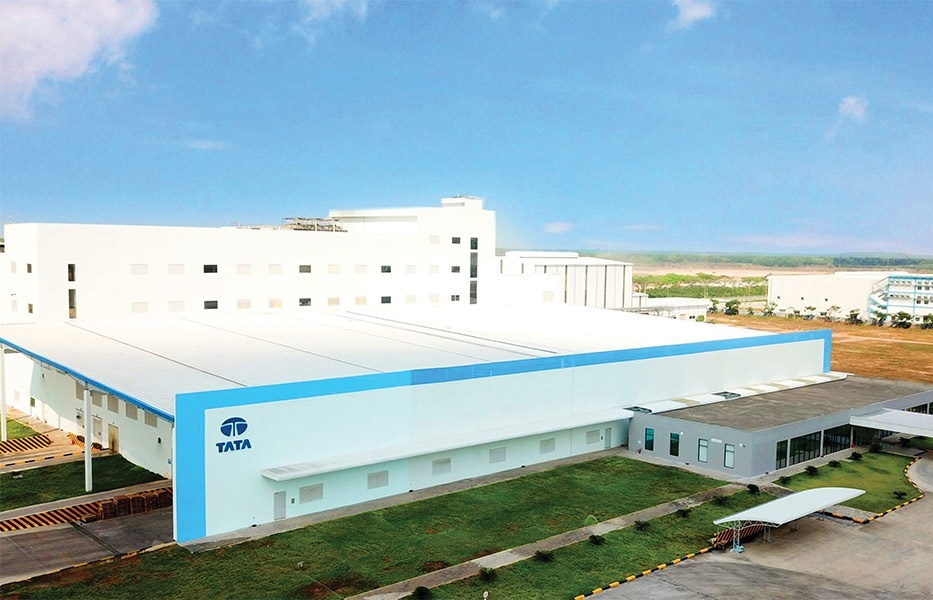
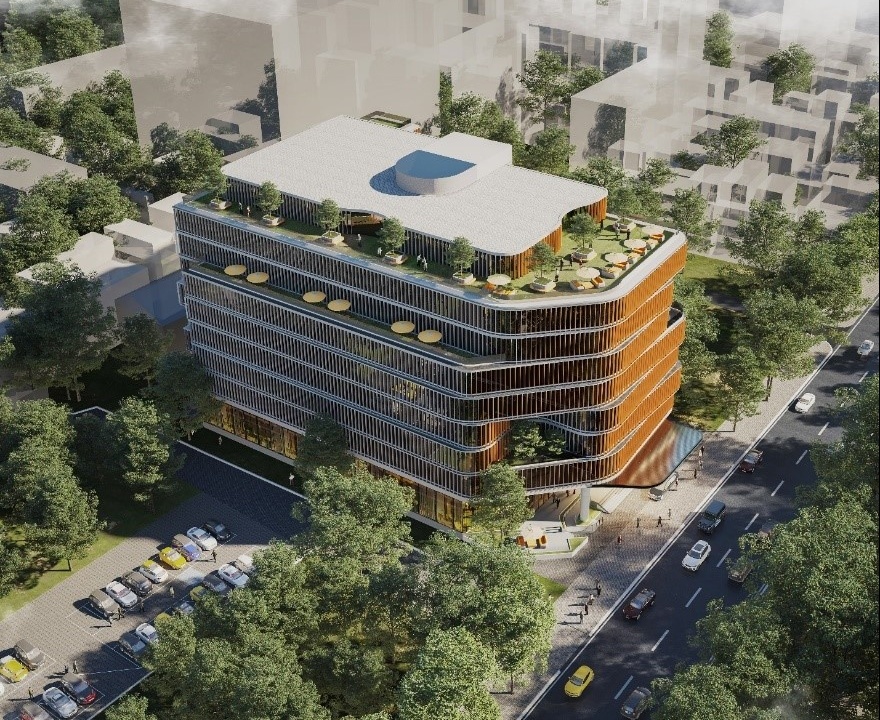

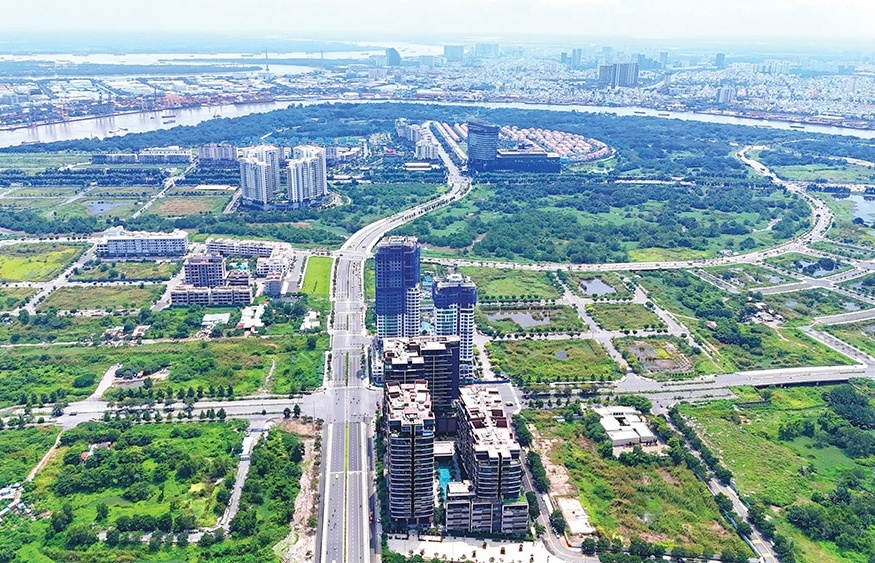
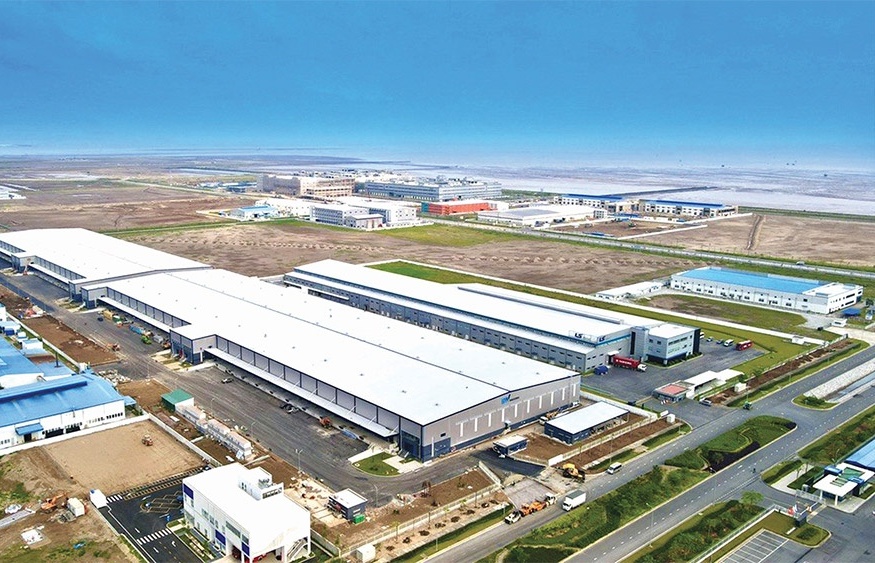
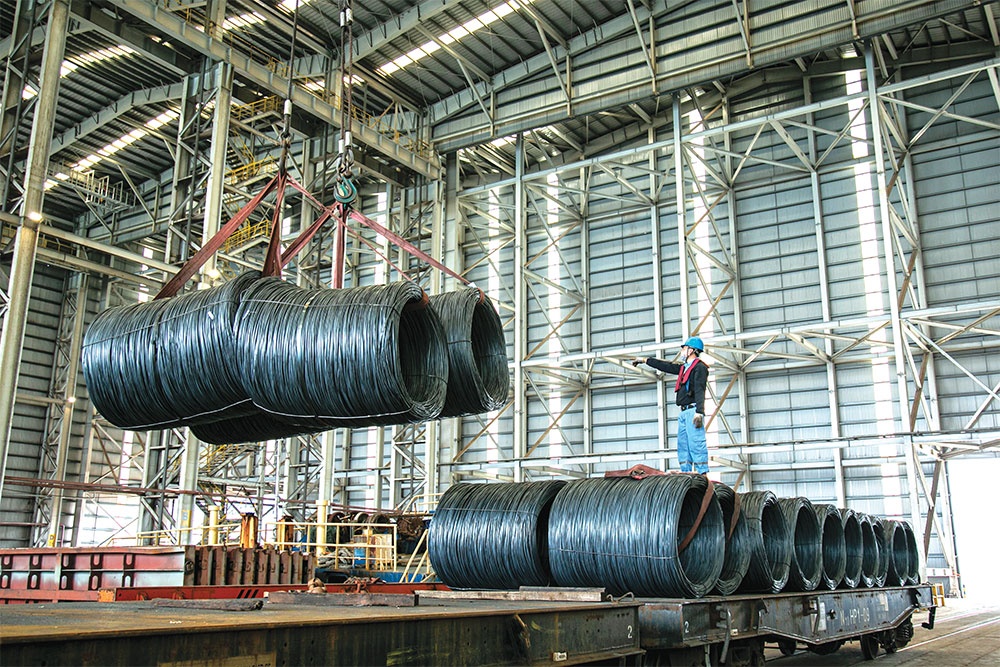
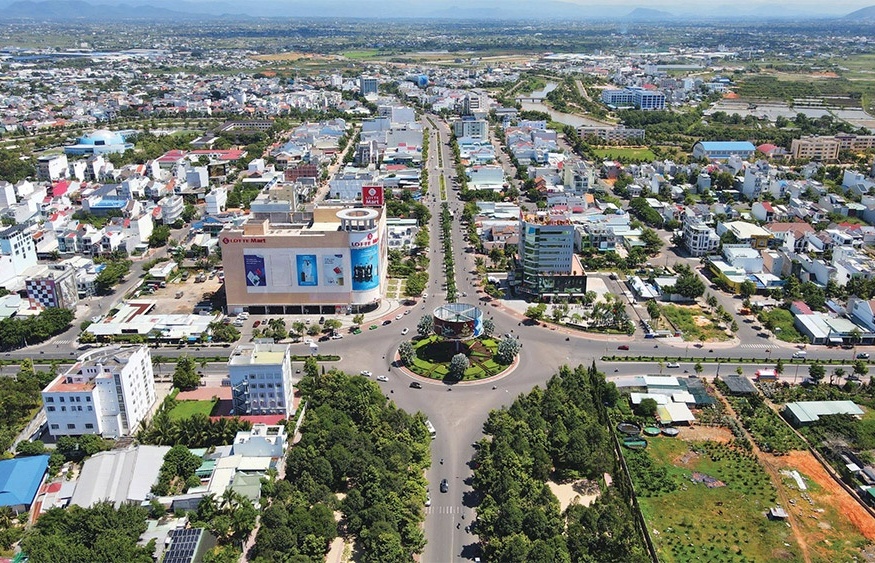








 Mobile Version
Mobile Version